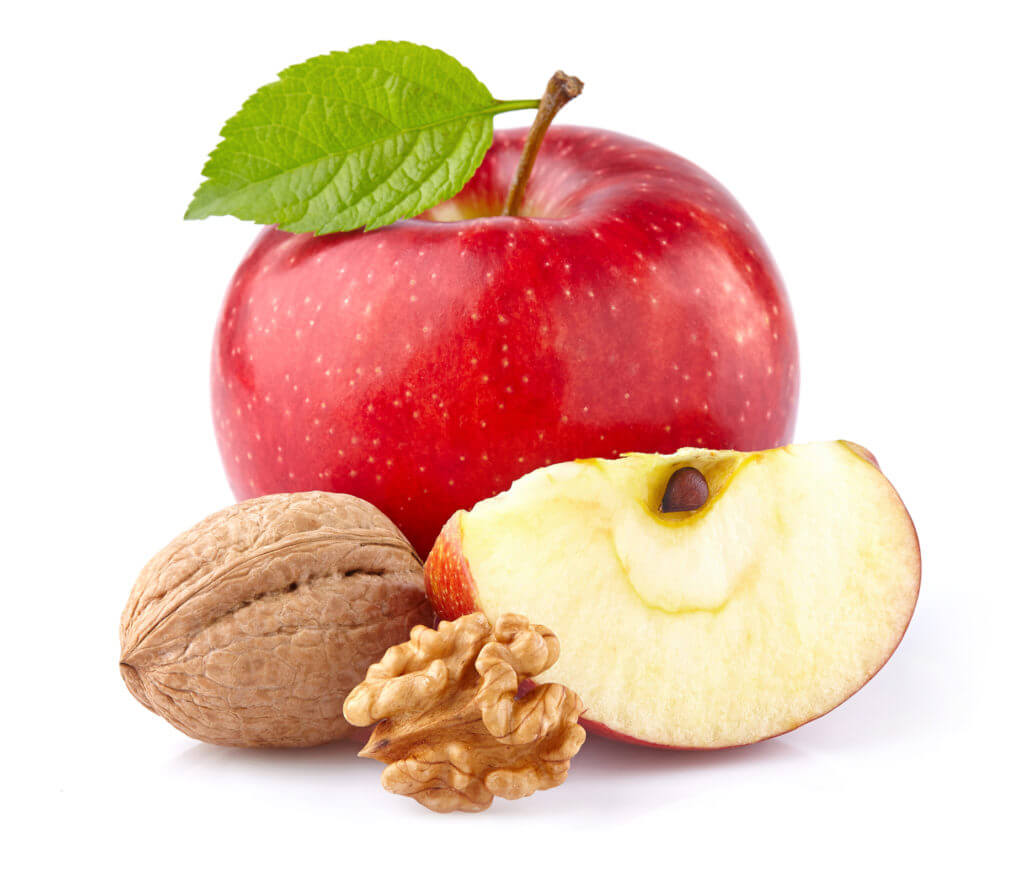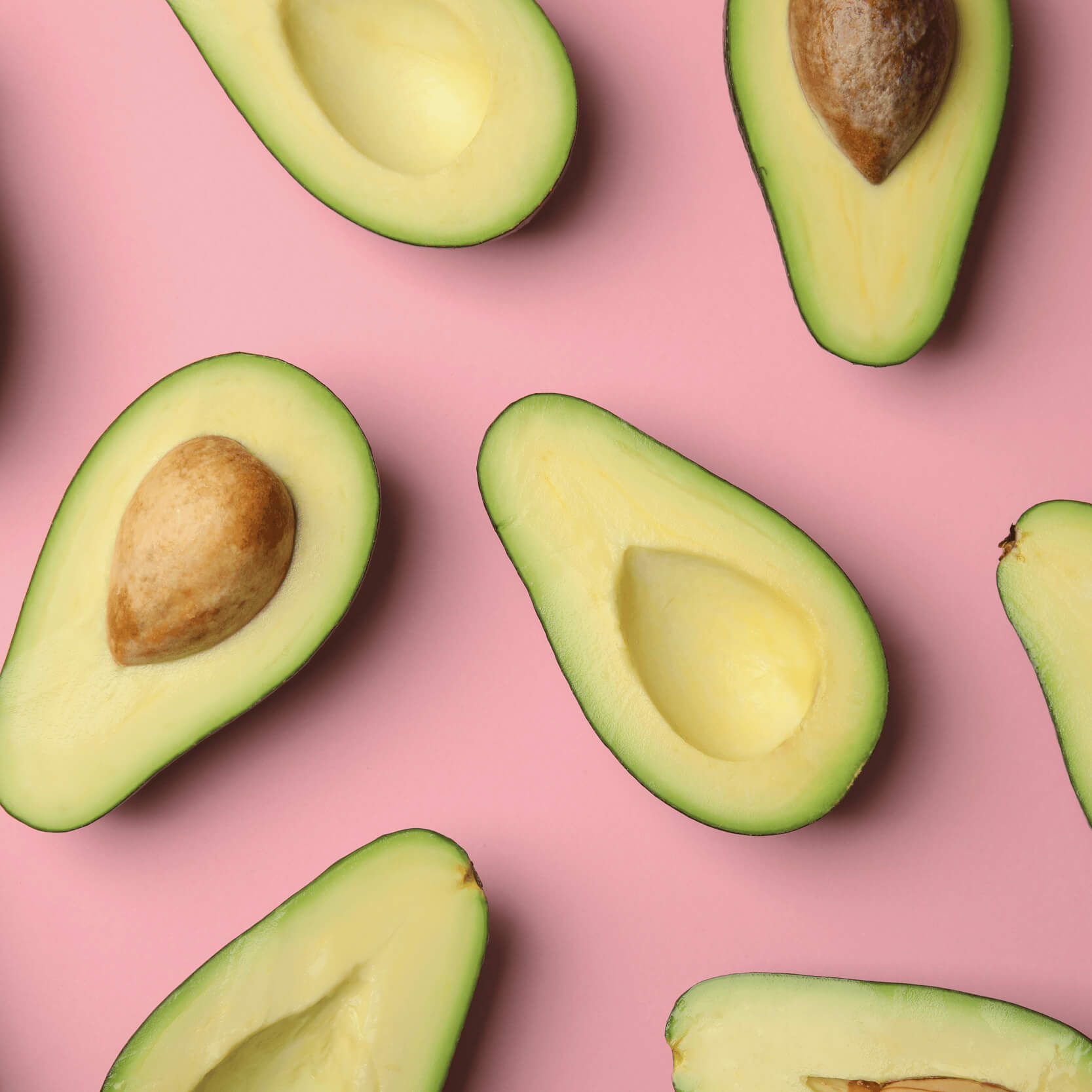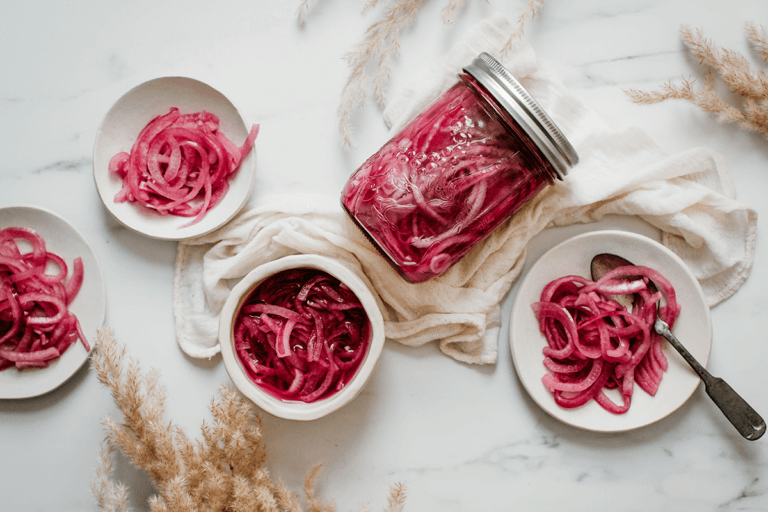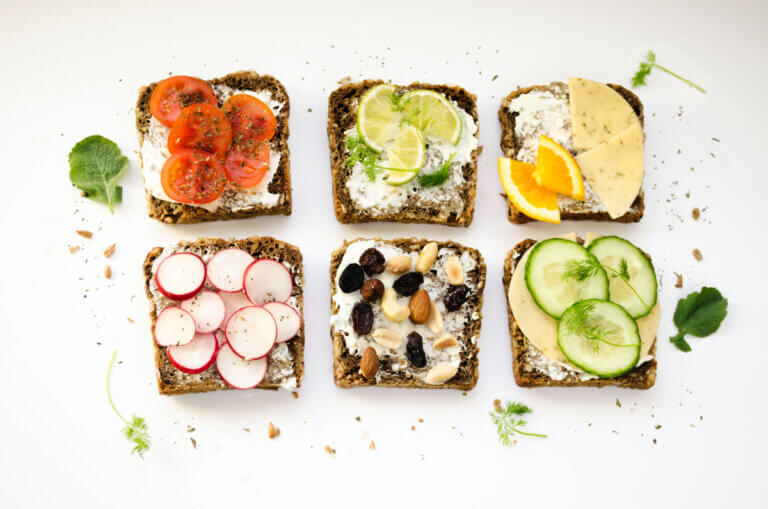I’ve worked with hundreds of clients over the last decade, and I’ve seen firsthand the importance of the mindset when it comes to eating healthy. When you’re in a good place mentally and feeling happy, it’s easier to focus on healthy eating and healthier lifestyle choices. I have created 7 simple rules for healthy eating during and after COVID-19.
So when COVID-19 hit our province and changed the way we lived our lives in March 2020, it definitely had a major impact on our mindset. For many, there was a significant increase in stress and anxiety, which are two key emotions that can often lead to a sudden need for “comfort.” It’s in these moments that we tend to reach for “comfort food” (such as chips, pretzels, ice cream and alcohol) to help us feel better. Unfortunately, these foods may seem to help initially, but they’re not ideal choices if you’re looking for the energy and mental strength needed on a day-to-day basis to push through this time, and come out on the other end in a healthy condition.
Our nutrition plays an integral role in how we feel. Healthier choices will help to substantially improve energy levels, reduce cravings and hunger, improve concentration and productivity, boost the immune system and even help to manage stress and anxiety.
Furthermore, healthy eating is not difficult. It can be done very easily, and at the end of the day, it’s so much more gratifying.

Simple Rules That Can Help You Stay Healthy
Cut Back on Refined Sugar
You don’t need a dessert, pop or a sugary snack every day. Refined sugar causes blood sugar swings, inflammation, fatigue, weight gain, digestive issues — and sugar is very addictive. It will only make you feel worse. So instead, cruise through your days with minimal sugar, looking for items at the grocery store (such as granola bars, yogurt or cereal) with less than 6g of sugar/serving (check the nutrition label). If you do feel you want a treat such as cookies or ice cream or a couple of glasses of wine, build this into your weekly meal plan once or twice, but no more. The more sugar coming in, the more you’ll crave and consume it.
Get Back to Eating 3 Square Meals a Day
Maybe breakfast is at 8 a.m,, lunch at 12:30 p.m., and dinner at 5 p.m. Or you eat breakfast a little later at 10:30 a.m., lunch at 2 p.m., and dinner at 6:30 p.m. Listen to your body, choose the best times that work for you and your schedule, and space out your meals accordingly. Try to avoid snacking between your main meals. Our bodies do not need that much food coming in on a continual basis, and it’s harder on your digestive system.
Build Each Meal Around a Source of Protein
Whether it’s chicken breast, eggs or lentils (a plant-based protein option), protein is not only a key player in raising your metabolism, but it slows down your digestion and helps you feel fuller for longer. The fuller you feel throughout the day, the less likely you’ll resort to snacking on unhealthy foods.
Related Articles
Don’t Forget (or Be Scared of) Adding in Your Complex Carbohydrate
This is your primary fuel source and provides loads of nutrition and fibre. Some of the healthiest options include sweet potato, quinoa, oatmeal, 100% whole wheat bread or legumes (such as kidney beans or chickpeas). One rule of thumb I have followed for years is to combine one fist-size serving of lean protein with one fist-size serving of a complex carbohydrate at each meal, such as cottage cheese with oatmeal, two poached eggs with one slice of toast or grilled chicken breast with sweet potato.
Add in as Much Vegetable as You Can
The health benefits of fruits and vegetables have been proven by research, especially when it comes to disease prevention. Add in at least five cups of vegetables per day (such as broccoli, cauliflower, spinach, beets and asparagus), and one to two servings of fruit. You have to be careful not to overdo fruit, as it does have higher (natural) sugar levels and although healthy, it can be overdone. I typically suggest fruit is best eaten with your breakfast meal (such as a 1/2 cup of berries or an apple), and/or at lunch.
Healthy Fats are Good
It’s important to try to build in one serving of healthy fat per day, such as ¼ cup of raw almonds, ½ avocado or 1 to 2 tablespoons of ground flax seed. Healthy fats are good for your heart, your mood, and can help to reduce internal inflammation and fill you up.
Keep Yourself Well Hydrated
When you are dehydrated you’ll feel more tired, scattered and hungry, which often leads to mindless snacking. Sipping room temperature water all day long is best. Herbal teas also count, as well as fruit-infused water. Most people should be getting 2 to 3 litres per day on average, especially if drinking coffee and/or exercising (both can dehydrate you).
Find a Balance – The 80:20 Rule of Healthy Eating
Remember, you do not have to be perfect! Society gets so caught up in the “all-or-nothing” mindset, and a common trend is to dive in at 100%. This is not a realistic long-term strategy. So I encourage you to find a manageable balance between your healthy choices, and your treats each week, following the 80:20 formula as best as you can (at least 80% of your choices each week are healthy). This is more realistic, and much easier to follow and will help you stay motivated.
MORE READING: Discover more about the importance of taking care of your brain during stressful times.







